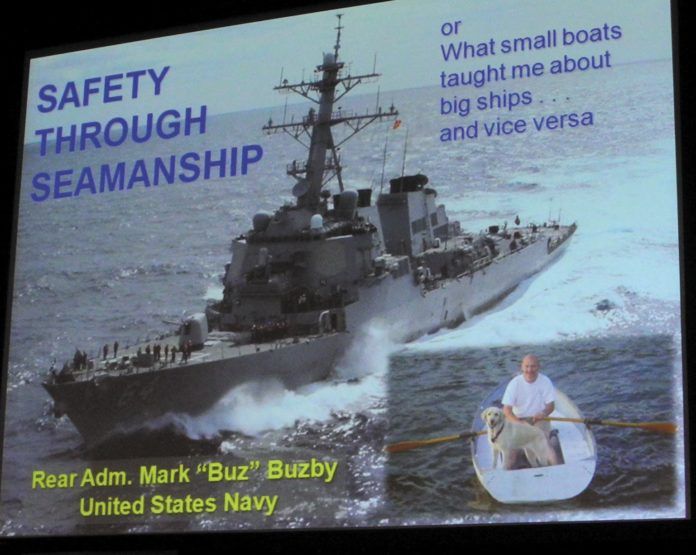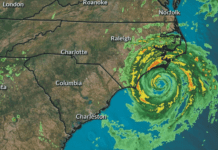Learning to sail is simple. Thousands of youngsters perfect the essential small-boat skills over the course of a summer. Mastering the art of crossing an ocean in small boat is a different story. Sure, we read about clueless individuals setting out in ramshackle boats making 1,000-mile crossings. The ocean, especially in tropical seas, is not nearly as foreboding as it might seem to the average landlubber.
Technical editor Ralph Naranjo presents a general assessment of where we are in safety equipment this month-touching on everything from personal flotation devices to emergency position indicating beacons. Ralph, who has run a boatyard, crossed the three great oceans in his own small boat, and served for ten years as the Vanderstar Chair at the U.S. Naval Academy, brings a rare combination of experience, intellect, and curiosity to all of his work for Practical Sailor. When we send Ralph a box of gear to test-it gets tested, and tested, and tested. (More than once we’ve had to remind Ralph that we’ve got a budget.) To get an example of the breath of his knowledge and insight, one need only thumb through his opus The Art of Seamanship, published in 2014.
I’ve had the pleasure of working with Ralph for nearly 20 years, and for the past five nearly all of our conversations regarding seamanship and safety go back to one topic: the limited education and experience among many of todays offshore sailors. For many of the participants in his popular safety at sea lectures, the boat they are sailing is their first.
One need only look at the number of cruising boats for sale that have been owned for three years or less, to recognize that many of these dreams go bust. My hunch is that new owners suddenly find themselves overwhelmed by the challenges of owning and maintaining a boat, much less keep it moving toward some destination. Cruising sailing requires a level of self-sufficiency and a depth of knowledge (oceanography, meteorology, mechanical engineering, medicine, nutrition, . . . etc.) that has no comparison. But too look at it from the outside, it seems deceptively simple.
In a way, the sport (and it is a sport) of cruising sailing has become a victim of its own success. Technology has made it easier than ever for the inexperienced sailor to stay out of trouble, but it has also instilled a false sense of confidence in the boat, the gear, and ones own ability to make good judgment. There is a sense that with the right boat and gear, a person can simply skip the experience and training component.
Training does not have to be expensive, and it certainly doesn’t have to be boring. One of the best ways to acquire the required skills is to do what sailors have been doing for decades-start with a small boat.





































